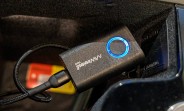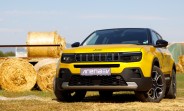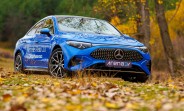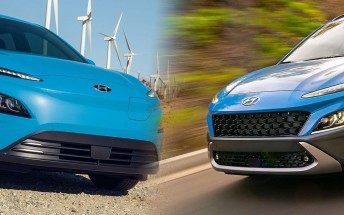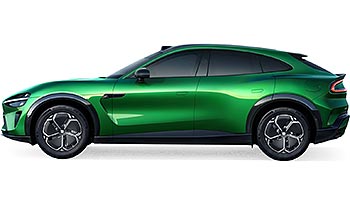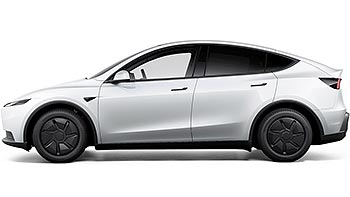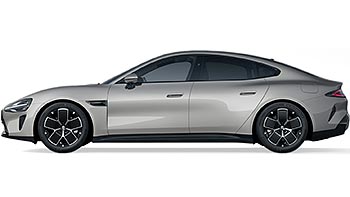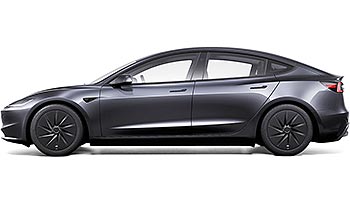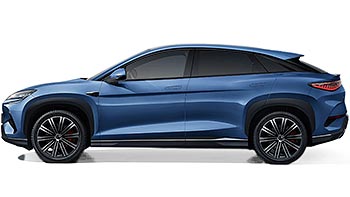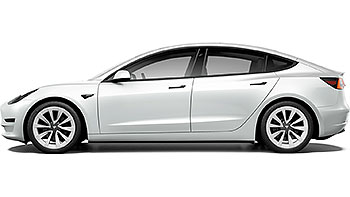Porsche details Taycan energy recovery systems

Porsche equipped its Taycan with a bunch of innovative solutions and it has now decided to shed some extra light on the energy recovery systems. Taycan has become its bestseller, outselling even the iconic 911. There are many reasons why it is so popular but there’s no dispute that how it handles, how it performs and how it drives are the key contributors. And Porsche took extra care to make sure the Taycan brakes feel as natural as possible, while still maintaining great efficiency.
Let’s get the basics out of the way first. When we use brakes in a combustion engined car, we use a lot of energy and it is all wasted. When we use brakes the kinetic power of the car is converted into heat when brake pads clamp onto the disc trying to reduce the speed of the car. All that heat is radiated away and so it is wasted, just as the power from the engine that we used to get up to speed in the first place.
 Porsche Taycan is outselling the iconic 911
Porsche Taycan is outselling the iconic 911
Electric cars have a huge advantage here, they can recoup a substantial part of the energy that went into accelerating the car. They can do that bt braking without producing any heat - no heat means no wasted energy. Electric cars do it by using the motors as generators when slowing down. Using the car’s kinetic energy to force the electric motors to turn produces electricity which is then fed back to the battery. The strong magnetic field in the motors is responsible for slowing the car down - it’s a very simple and very effective principle that helps EV drivers eke out some extra range.
 Two electric motors in the Taycan mean twice as much recuperated energy
Two electric motors in the Taycan mean twice as much recuperated energy
Each electric motor can function both as a motor and as a generator. When the motor accelerates the car and its torque are aligned in the same direction. When the driver takes her or his foot off the accelerator, the electricity stops flowing from the battery but the motor is still turning. The strong magnetic field inside it is fighting to stop it from turning hence it is slowing the car down but at the same time it is producing electricity. That extra electricity is fed back to the battery. Kinetic braking energy goes up twice as fast as the speed meaning that braking from 100 kph will produce 4 times more energy than braking from 50 kph. That’s a lot of energy which in a legacy vehicle would be all converted to heat and wasted.
Porsche has adjusted the recuperation functionality to improve its efficiency. The brake control system is connected with the control units of the electric motors and both systems work together to slow down or stop the Taycan. The system is responsible for deciding how much of electric motor braking and how much of traditional hydraulic brakes will be used. It all happens in a matter of milliseconds and the system is so well calibrated, the driver cannot tell the difference. It’s not possible to distinguish between either of the systems being used.
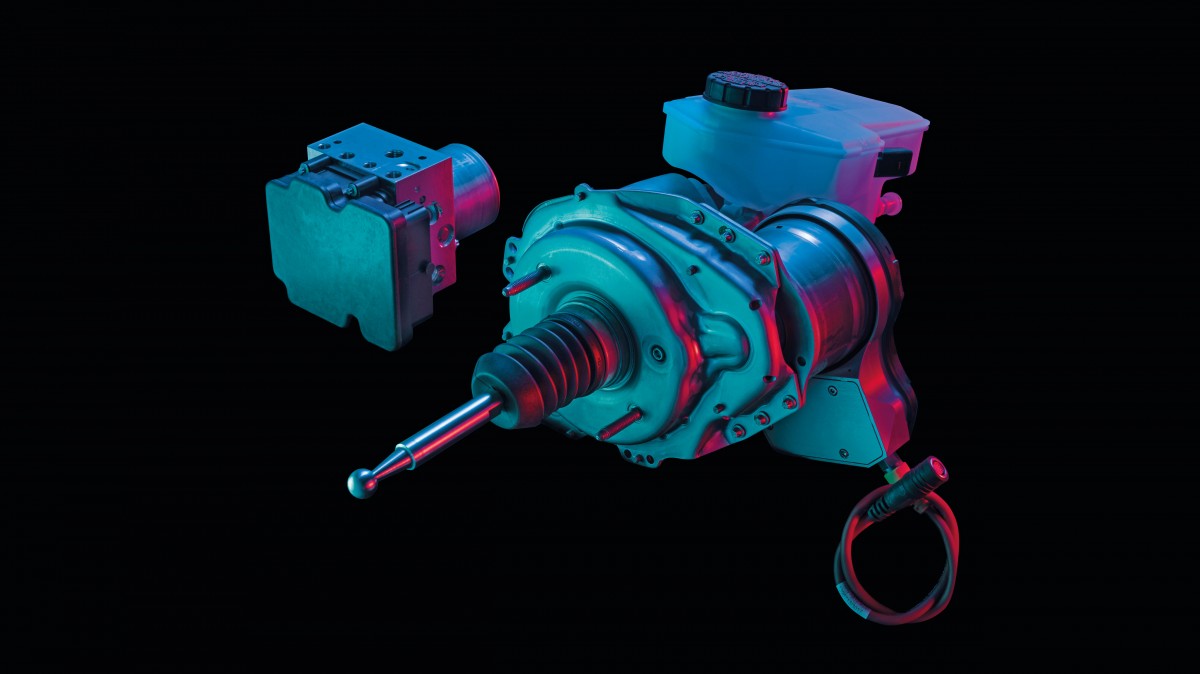 Porsche's integrated systems are responsible for even brake pedal feedback
Porsche's integrated systems are responsible for even brake pedal feedback
According to Porsche engineers as much as 90% of everyday braking is done with the electric motors. In emergency situations the computer adjusts the system balance and applies more power to hydraulic brakes but it still engages electric motors at their full power. Engineers worked out that to stop the Taycan in an emergency, as much as 2 megawatts of energy is required - electric motors can’t do that alone. But Taycan is still at the very top of the automotive field with recuperating power of 290kW and the company is working hard to increase that figure.
Porsche went the “blended” way unlike many other manufacturers who offer one-pedal driving in their electric cars. According to the company, the drivers expect to slow down using brakes, it is something many of them have learned over the years and it is more natural behavior. Yes, it is far easier to enable regenerative braking every time the driver takes their foot off the gas. That’s not a Porsche’s way. Taycan has a limited recuperation integrated with the gas pedal because drivers expect the vehicle to coast when they lift off.
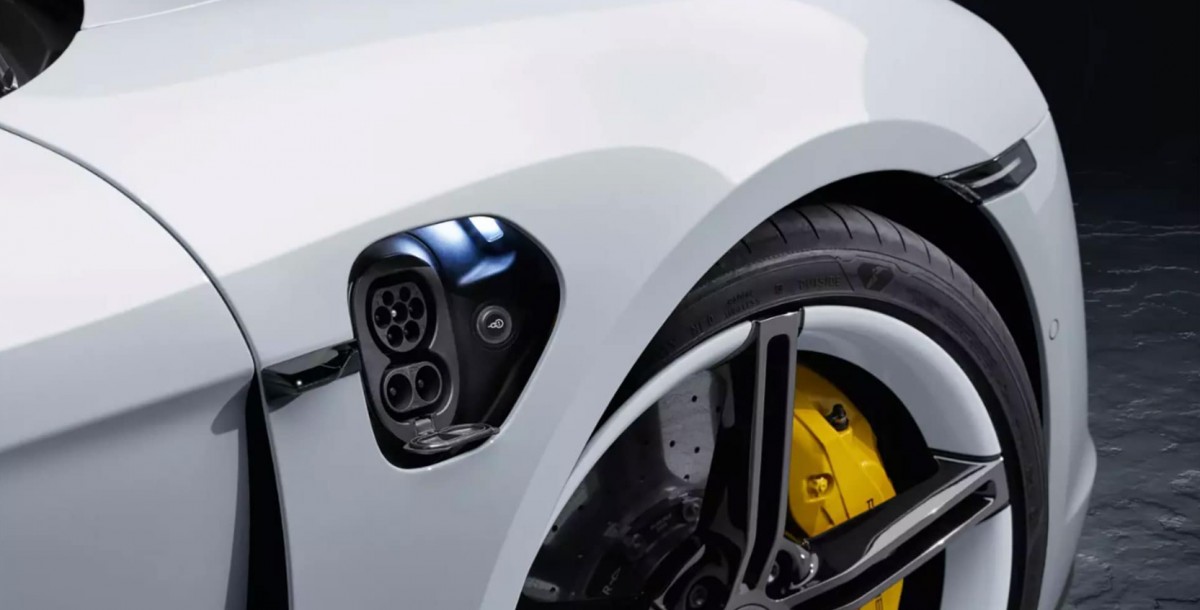 Taycan's powerful electric motors can charge the battery at 290kW when braking
Taycan's powerful electric motors can charge the battery at 290kW when braking
It’s a small detail that took a lot of engineering but it offers unchanged braking characteristics when comparing Taycan to Panamera or even 911. The efficiency of the system is great, the driver is in full control of recuperation by modulating pressure on the brake pedal and the car still offers coasting when needed. No need to fumble for switches to adjust regen levels and no difference in good old-school brake feel which is huge when it comes to switching to electric cars. Well done Porsche, we really appreciate all the hard work.
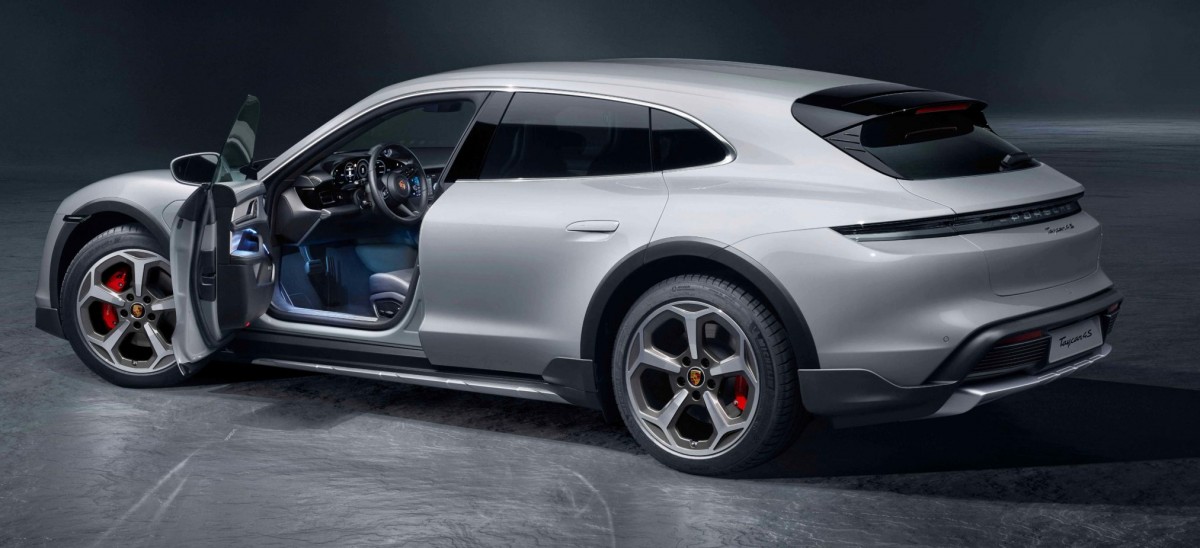 The most popular Porsche is not the 911
The most popular Porsche is not the 911
Related
Reader comments
Nothing yet. Be the first to comment.




